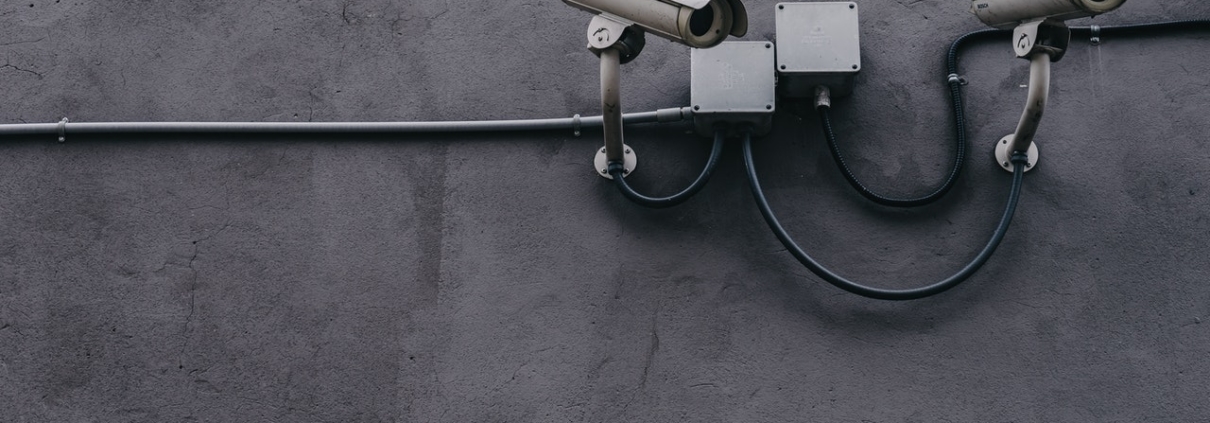With phone cameras, surveillance cameras with facial recognition seemingly everywhere and the world entering a new phase of social change, many people are looking at how they can take simple steps to retain and protect their privacy rights.
Faces
Enshrined in data protection laws (like GDPR) and with biometrics now being used widely, our faces are part of the personal data that we need to protect. Concerns, such as those expressed by the ICO’s head, Elizabeth Dunham, that police facial recognition systems have issues including accuracy are the reason for many to be looking at ways to protect themselves where necessary.
Public trust in facial recognition systems also has some way to go as the technology progresses from what is now a relatively early stage.
For example, the results of a recent survey released by Monash University in Australia showed that half of Australians believe that their privacy is being invaded. The invasion is attributed to the presence of facial recognition technology in public spaces.
Also, in the U.S., government researchers of the National Institute of Standards and Technology (NIST) said (in May 2020) that not enough is being done to engender trust in any decisions made by facial recognition and biometrics systems.
Whilst in Europe in January, the European Commission was considering a ban on the use of facial recognition in public spaces for up to five years. This would allow new regulations for its use to be put in place.
Protest Example
In a democracy such as the UK, protests are allowed take place for any number of issues. The recent protests over the killing of George Floyd and in support of Black Lives Matter have brought into focus how to protect personal data and identity whilst exercising democratic rights.
For example, those wishing to obscure faces in their own protest photos that they share often use software to paint over faces. Mosaic blur technique are popular because these cannot be reversed, as authorities can de-blur using new neural networks.
Removing Metadata
Removing the photo’s metadata (data stored in phone photos e.g. type of device and camera, date, time, location) can be achieved by taking screenshots of the photos. Additionally, zoom in and check to make sure that there are no other identifying features in the screenshot.
Masks and Facial Recognition
Tech and news commentators have noted recently how mask-wearing during the COVId-19 pandemic has proven to be a challenge for facial recognition systems. Although, it has also been suggested that AI facial recognition systems have now had the chance to have more ‘training’ in being able to identify mask-wearing people correctly.
What Does This Mean For Your Business?
Facial recognition (if used responsibly as intended) can help to fight crime in towns and city centres, thereby helping the mainly retail businesses that operate in these locations. Although there are still questions about its accuracy and its impact on our privacy and civil liberties.
Where sharing photos and worries about privacy is concerned, there are apps in place on smartphones that allow faces to be blocked out.
There are some steps that can be taken to help retain your privacy and security on social media:
- Try not to reveal too much about where photos were taken, don’t geotag or post photos that reveal your address.
- Do not show valuable items at your home or where you keep valuables.
- Photos taken in the workplace, particularly those posted on websites and social media should also be vetted to ensure that there are no implications for physical security. Check with staff featured that they are happy to have the photo shared.
If you would like to discuss your technology requirements please:
- Email: hello@gmal.co.uk
- Visit our contact us page
- Or call 020 8778 7759
Back to Tech News


 Images and videos are free to use but should be credited to Lilium and only used in their original form. https://lilium.com/
Images and videos are free to use but should be credited to Lilium and only used in their original form. https://lilium.com/